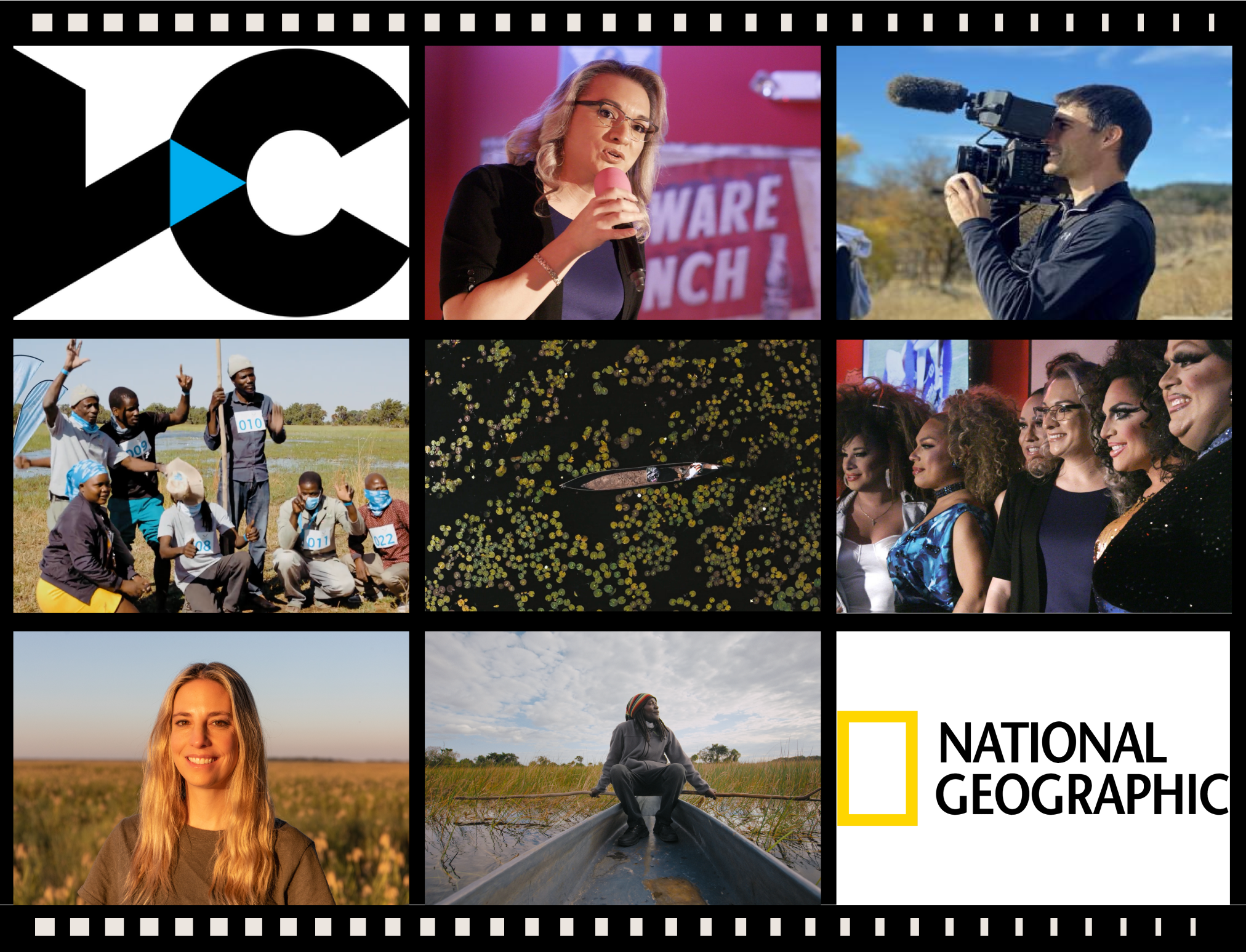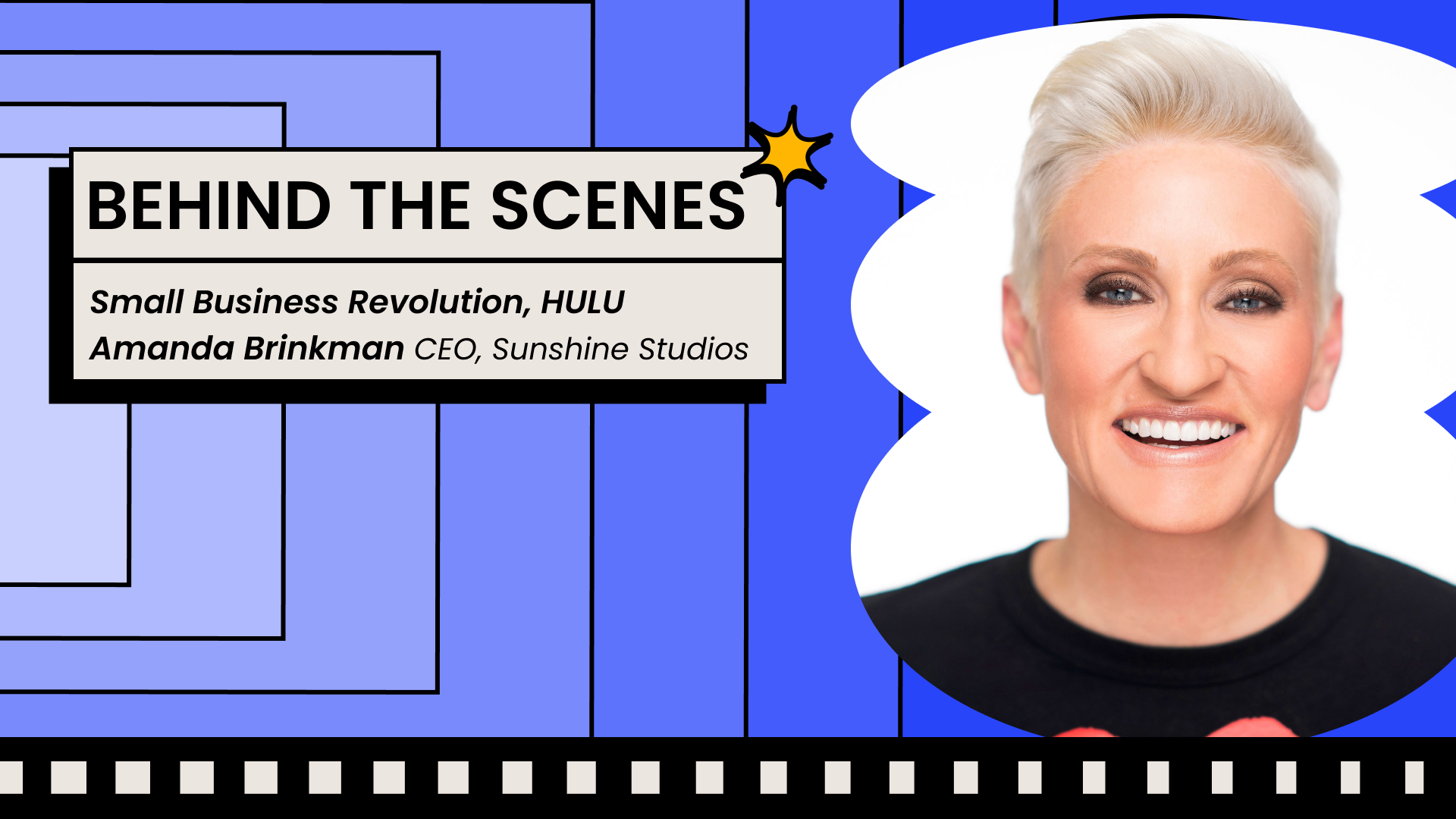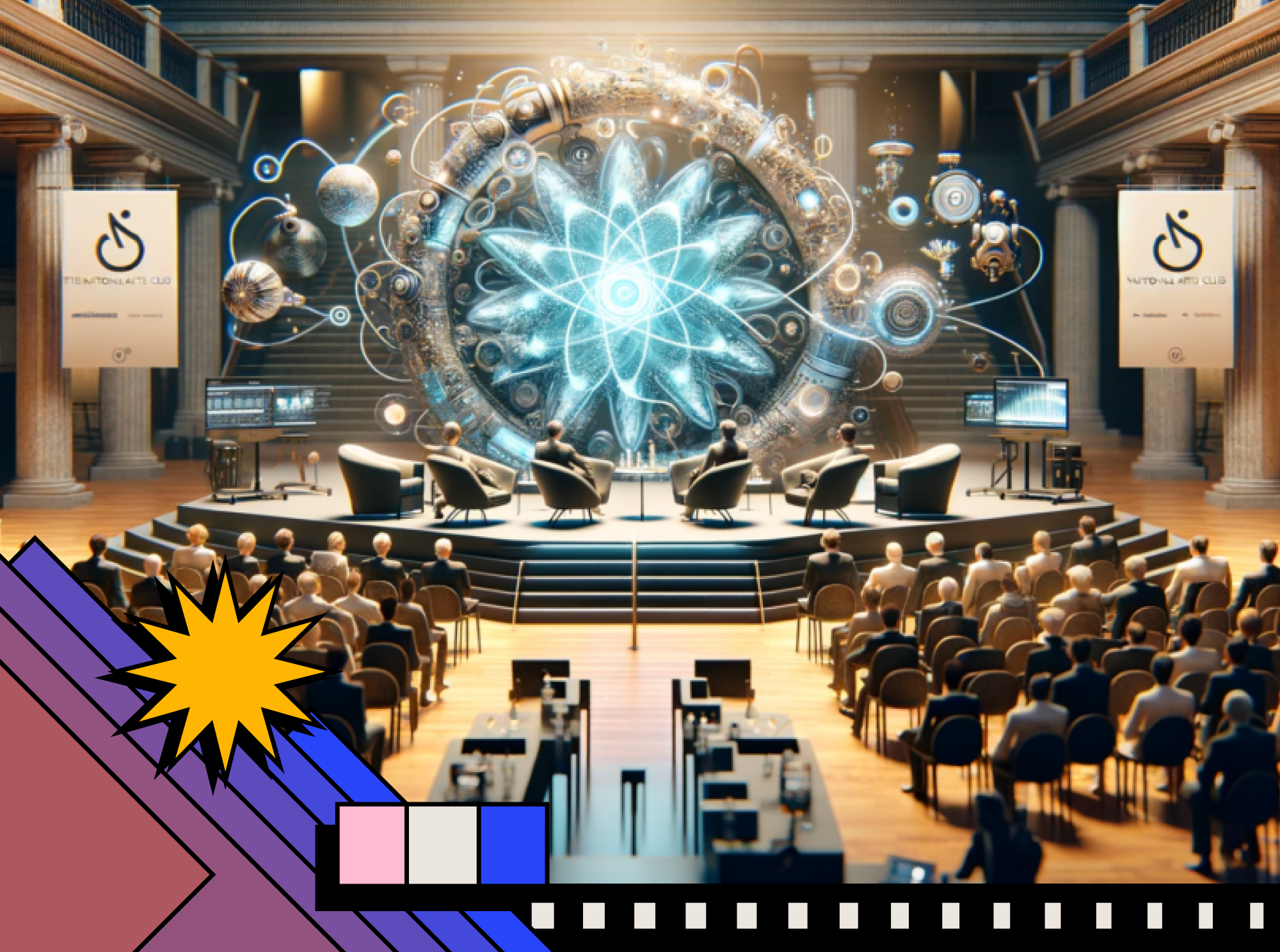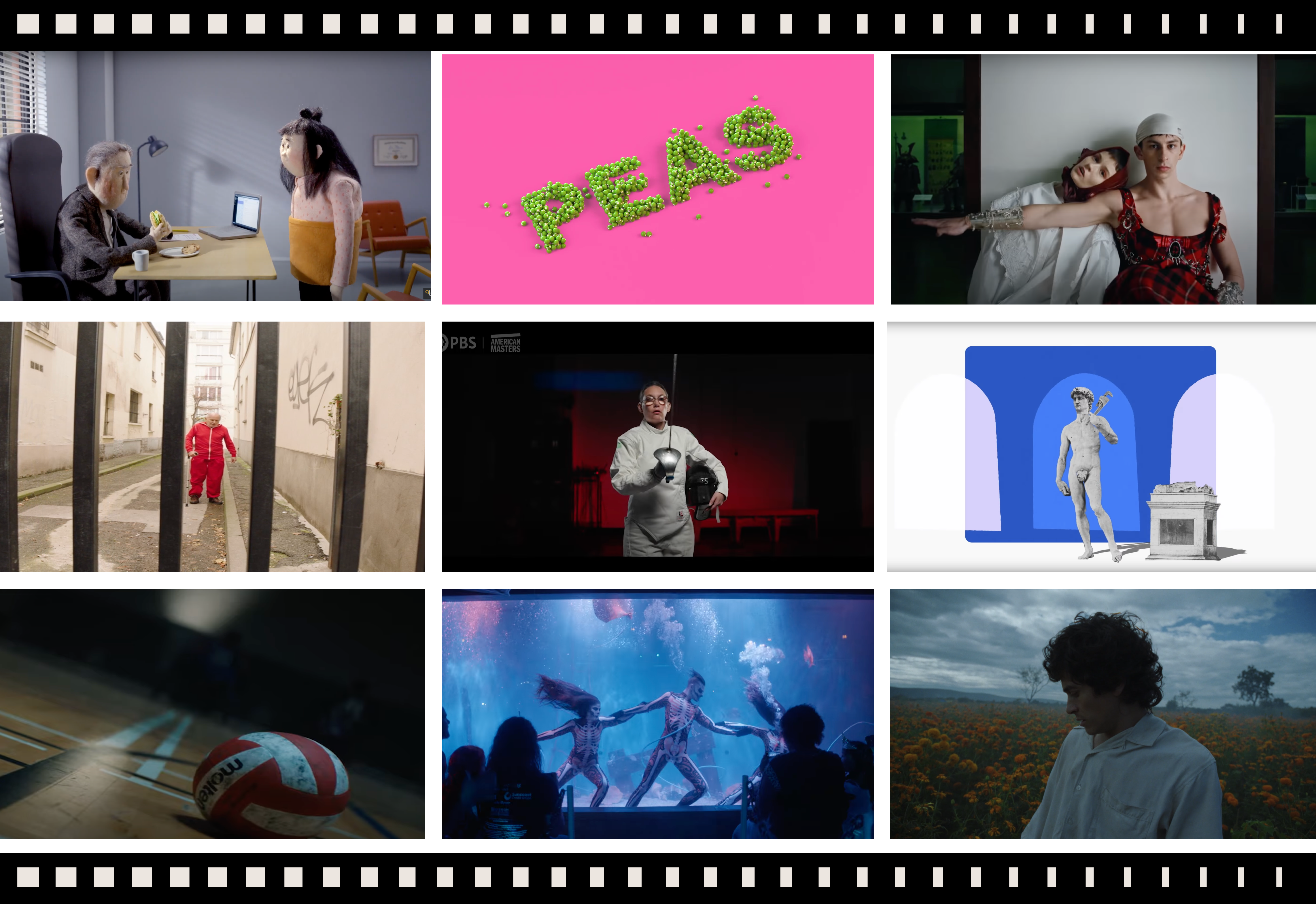This year’s SXSW festival included over 75 features, 86 short films, 30 special events and over 230 conference sessions with legendary performers and keynote speakers. From March 16-20, we “sent” one of our Producers into the SXSW online space to experience the festival first hand. Here are our four major takeaways from this year’s extravaganza.
The Benefits of a Virtual Landscape and On-Demand Options are Unmatched
For those familiar, the annual SXSW festival represents the merging of film, music, and interactive media amongst the brightest minds and most innovative technologies in the world. Although this year’s event was pushed to an online experience, the conference itself still managed to present engaging, insightful content and programming while maintaining the Austin ambience we are all used to. In fact, I would even go as far to say this online experience was better than an in-person festival experience. In the case of a festival as grand as South By, the benefits of providing an exclusive online experience allowed for greater content consumption via an on-demand model. In the span of two hours, I was able to watch 4 short films and attend two different keynote conversations. This would be unheard of in a traditional South By experience. Additionally, I was able to watch certain features in pieces, starting in the morning, and finishing in the evening when I had time. From a basic experience perspective, a virtual landscape offered more than a traditional in-person event could in terms of accessibility, and festivals would be remiss to completely revert to the original festival format.
Interactive and Immersive Media Will Evolve Storytelling
In fashion with the theme of the past year, this year’s festival lineup offered more immersive and interactive media than ever before. The idea of VR and Immersive experiences in film is definitely not a new concept. However, what is astounding is the quality of the storytelling accompanying the content embracing it. One such example is with interactive first-person narrative, Before Your Eyes, which allows the audience to control the flow of the story by blinking, an innovation in interactive media in its own right. While reliving the memories of someone’s life, the audience can look around different areas of the screen and transport to a different memory in time with each blink. Although storytelling has always been the main focus in creating narrative content, the inclusion of interactive elements made the Before Your Eyes story that much more emotional and impactful in ways I have not experienced in traditional film content. It is farfetched to claim interactive media will replace linear content in the near future, but there is an argument to be made that content creators cannot and should not ignore this innovation when it comes to linear storytelling. Whether it be film, commercials, music videos, or other mediums, the way audiences are receiving media is expanding, as is the amount of content available. The future for the standard of success and the way content will standout will come down to how well the story can speak to audiences watching, and what better way to relate to the content, than to be immersed in it yourself?
The Industry Is Exhausted and It Is Not Being Ignored
One of the biggest themes of the festival was about helping creators find ways to create lasting change through their content whether it be brand partnered or independent. In that same vein, there seemed to be a consensus that creatives, while energized by the new opportunities presented to them, are simultaneously exhausted by this pressure to create. One of the more surprising elements from the programming lineup was the inclusion of guided meditations and yoga sessions. Even more surprising was that the attendance of these programs were quite high. The fact is the past year brought challenges to the industry creatively, but also physically, emotionally and socially. Adriene Mishler addressed the need for acknowledging this fact in her session titled, “Befriending The Breath” which tackled how creators must practice mindfulness in their careers and how simply acknowledging the past year has been a stressful time for them would be a catalyst for inner peace. The mindfulness programming captured the essence of digging a deeper relationship with ourselves as creatives and how understanding that relationship is the foundation for innovation in content. The past year has taken a toll on the media industry and the fact South By was able to recognize that and provide an outlet for the community was appreciated by all. The hope here is that future festivals follow suit.
Tis' the Year of Documentaries
Of all the festivals this year, it is hard to find examples of an array of showcased documentary content the way you could find it at South By. Between Michael D. Ratner’s headliner, Demi Lovato: Dancing With The Devil, Keith Maitland’s Dear Mr. Brody, Ursula Macfarlane’s The Lost Sons, it was easier to navigate the documentary feature category more than any other film category on the platform. In truth, there proved to be more films than I had time to watch. Documentary filmmaking has slowly been increasing in popularity since the start of 2020 with more and more filmmakers using the medium as markers for social change and education. In a time of seemingly constant civil unrest, hearing the stories of inspirational characters as such in United States vs. Reality Winner and Introducing, Selma Blair was more than comforting. While all storytelling is based on real experiences, the trend seems to be that filmmakers are becoming more interested in featuring those real experiences themselves. The heart of the film industry has always been narrative content, but as fiction searches for ways to keep audiences captivated, documentaries have managed to provide 2021 with the reminder that real-life can be just as captivating, if not more.




